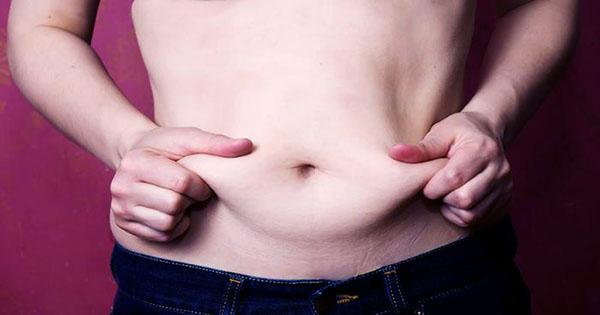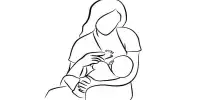Humans’ attitudes of body fat have shifted dramatically throughout time, and happily, so has their utilization of it (at least, for the most part…). Since the 16th century, when it was referenced in recipes as Axungia hominis, the macabre item has been known to be combined into concoctions. Human fat found its way into candles and cosmetics as humans learned that fat from plants and animals could be used to smooth soaps and oil machines. Medical specialists eventually started buying human blubber by the bag load, after it had been cut off the bodies of the deceased.
Professor Christopher E. Forth discusses our sad and complex relationship with fat in “Melting Moments: The Greasy Sources of Modern Perceptions of Fat,” a 2012 study, and the subsequent conversation is quite a journey. The procurement, sale, and usage of human fat, known to the “medicine” manufacturers of old as Pinguedo hominins or Axungia hominins, was a trade steeped in superstition back in the 16th century. Witches were a major issue at the time, and they were considered to “steal the fat of Christian children to produce their wicked grease,” according to Forth.
Many people dreaded having their fat collected and used for unlawful or supernatural purposes, such as providing witches the ability to fly or facilitating the process of turning a human into a werewolf. While these fears were based on myth, human fat was used by criminals who believed that lighting a candle made of the substance would keep them from being discovered while stealing. As the phrase goes, thieves have no honor, and those in the 16th and 17th centuries had no qualms about murdering individuals in order to obtain supplies for their candlemaking.
Forth’s study depicts a history of human fat trafficking that appears to be based on stocks of dubious origins, with the perception of the fat’s quality fluctuating in tandem with the hesitancy with which it was surrendered. For the pharma-curious of the period, battlefields presented a true human fat Pick Your Own, as evidenced by Dutch medics who went to the siege of Ostend (1601-1604), only to return with their trugs packed with the stuff.
When the combat stopped, the next logical resource was those who had been sentenced to death. Convicted criminals’ perspiration was also collected and sold by the pound to druggists and physicians as a treatment for hemorrhoids, while “poor sinner’s fat” was sold by the pound to druggists and physicians. The human fat gold rush landed in Paris during the French Revolution’s Reign of Terror when butchers allegedly sold gratis de guillotiné harvested from hundreds of murdered bodies.















